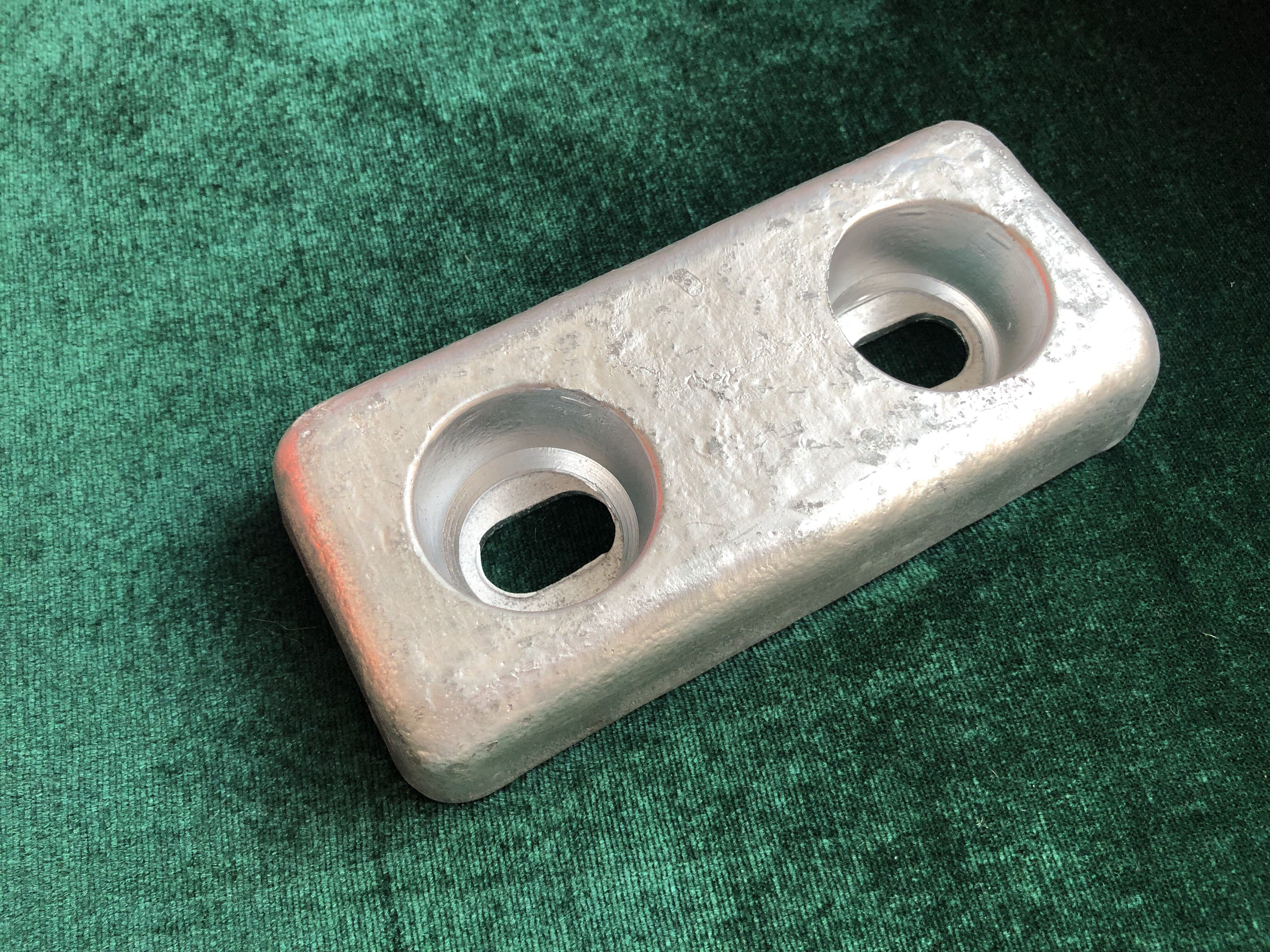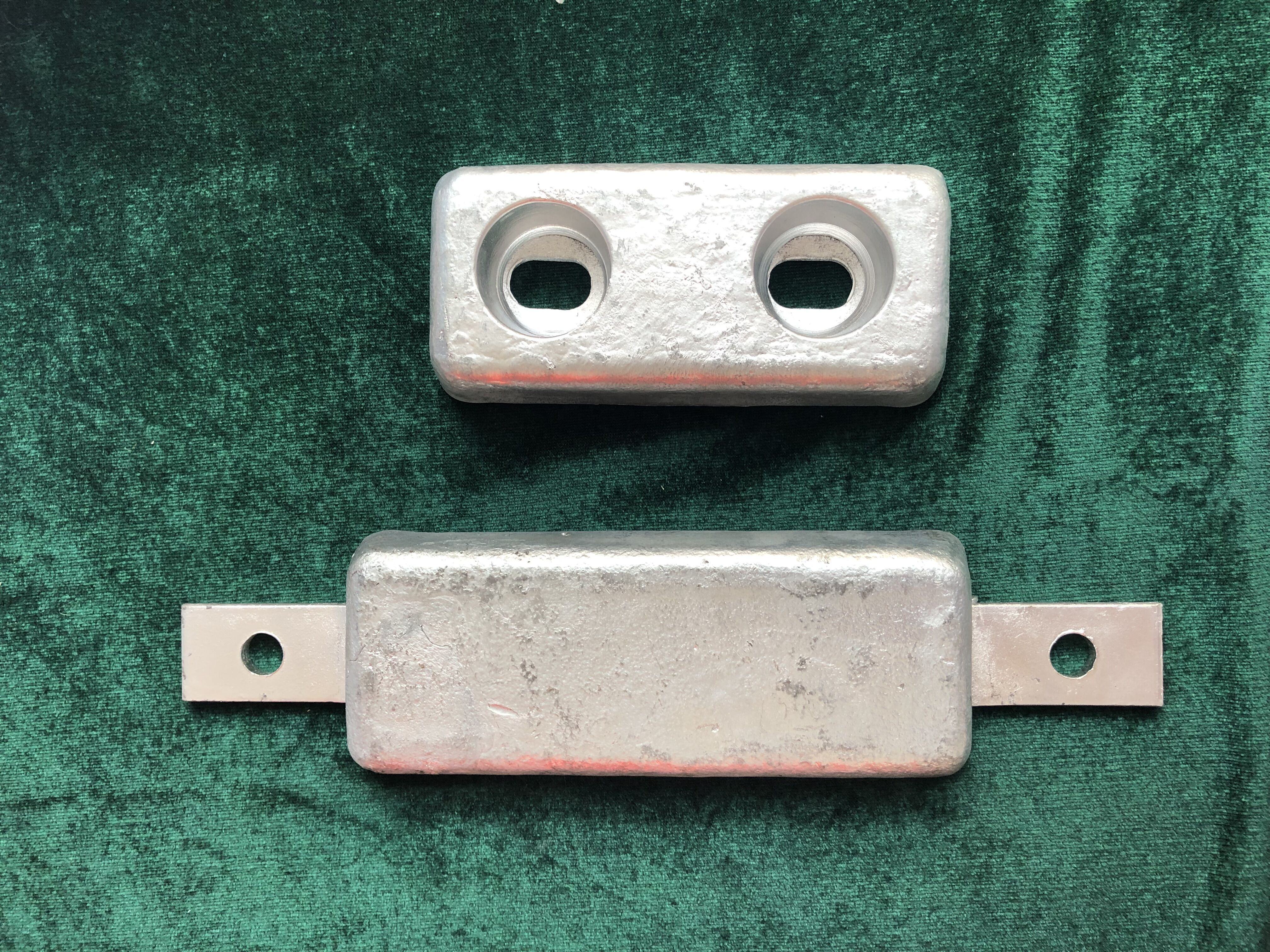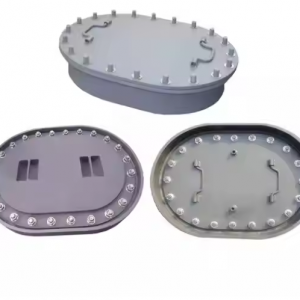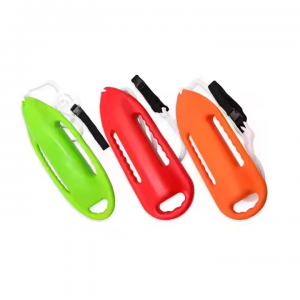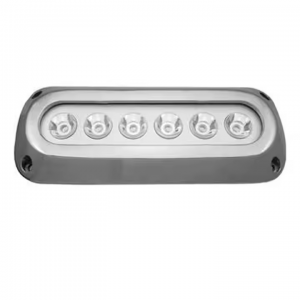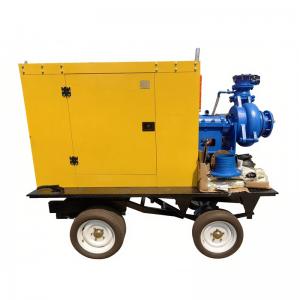Marine Zinc Anode Sacrificial Anode to Protect Your Boat Bottom and Rudder
Marine Zinc Anode Sacrificial Anode to Protect Your Boat Bottom and Rudder
- Category: Products
- Views:21
- Product description:
Marine Zinc anode, Sacrificial anode
The sacrificial anode "sacrifices" itself, and it will be consumed by itself, "replacing" the propeller, drive shaft, rudder, engine or other important metal parts to be consumed, and the sacrificial anode is "eaten" due to electrochemical corrosion. Sacrificial anodes are made from relatively inexpensive metals and are specifically designed to prevent corrosion of the more expensive metal parts of the ship. Sacrificial anodes, known as "active" metals, are commonly used for ship corrosion protection.
Sacrificial anodes are traditionally made from a zinc alloy, hence the name "zinc nuggets", but they can also be made from magnesium or a special aluminum alloy. Sacrificial anodes are essential to ships and help prevent very expensive onboard equipment from being damaged due to corrosion, generally referring to underwater metal parts of the ship. Sacrificial anodes come in all shapes and sizes, but they all work on the same principle and must be "electrically" connected to the hull to be protected, usually metal-to-metal, to the precious metal part of the ship that needs to be protected. So if you get close to the boat, you'll see that there are pieces of metal attached to the rudder, the outboard motor, the drive shaft, etc. The sacrificial anode forms the negative terminal of the battery and is electrically connected to the metal to be protected. Because the metal of the sacrificial anode is more electrically active, it is consumed, forming the negative electrode (anode) of the battery in the electrolyte. For example, in seawater, the anode is connected to other metals that need protection and is completely submerged in water, so the anode will always be corroded. The positive pole of the "battery" must be a protected metal (cathode), such as a drive shaft, propeller, engine, etc. The saltier or more polluted the water, the more conductive it is and the faster the sacrificial anode will corrode.
Product Overview
All Zinc anode size we can help you custom, just need tell which kind you need is ok.
The weight of each one you need, tell us if ok.
If you can not sure, also can share us your boat drawings, we will help you calculate and let you know!
We supply weld type, bolt type...
We are here for you!

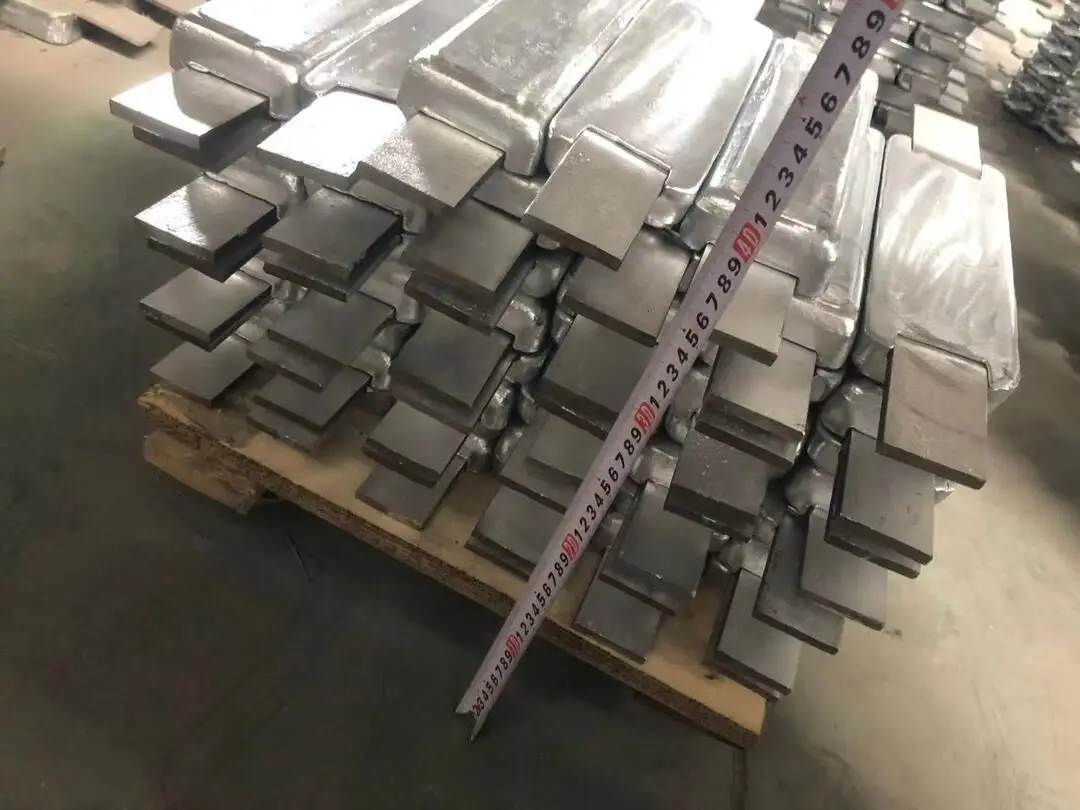

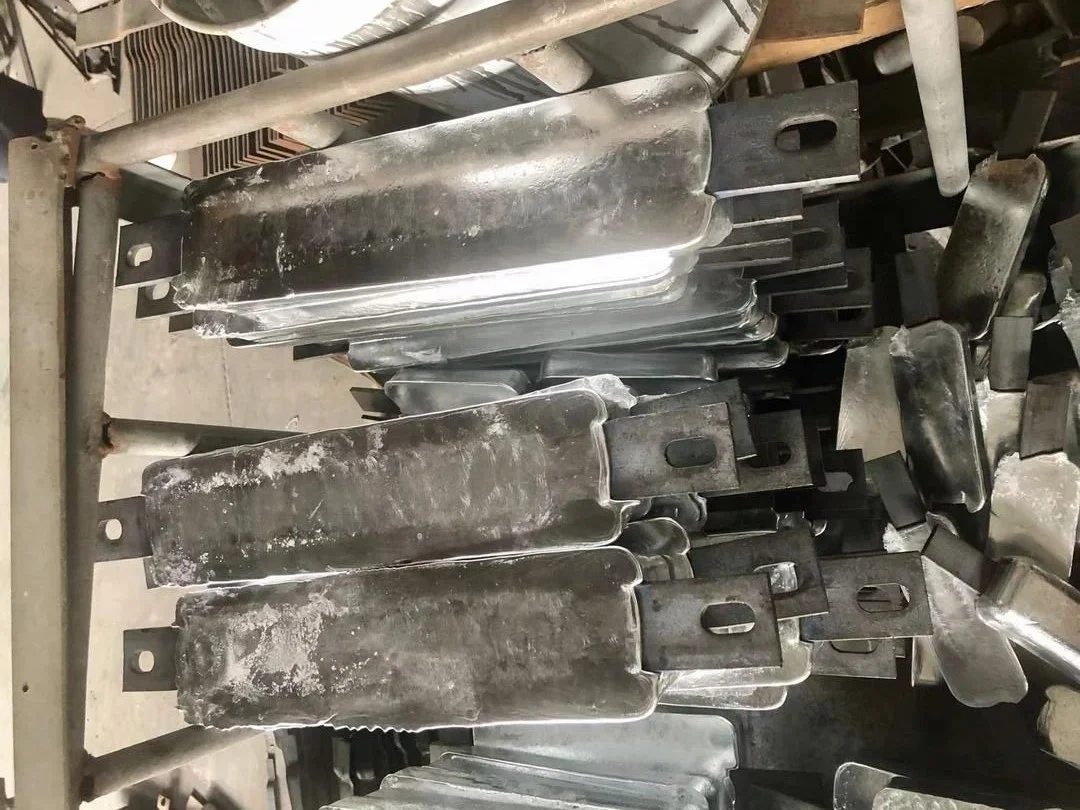
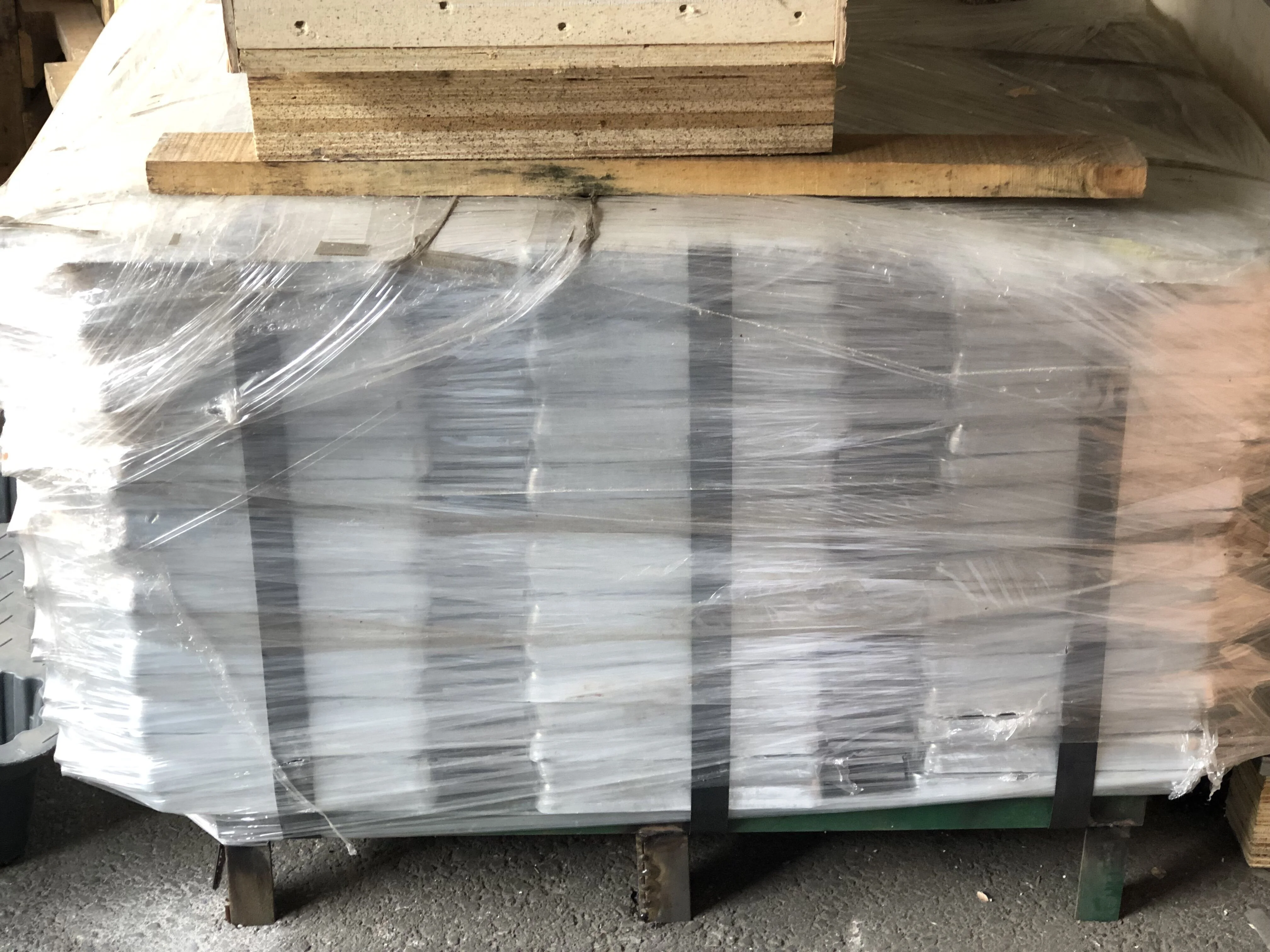
CATEGORIES
LATEST NEWS
CONTACT US
Name: Ada
Mobile:0086-13564780885
Tel:0086-21-36120339
Email: parts@sinooutput.com
Add:NO.258 Zhaojiabang Rd Shanghai 200031
- online service
close
- parts@sinooutput.com
- online service
close
- parts@sinooutput.com


